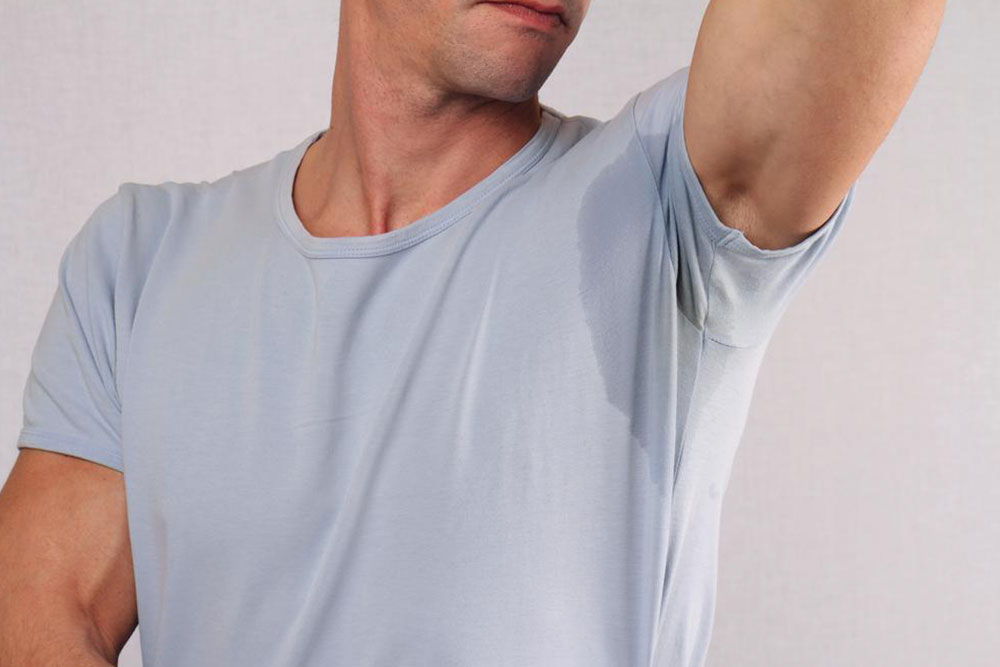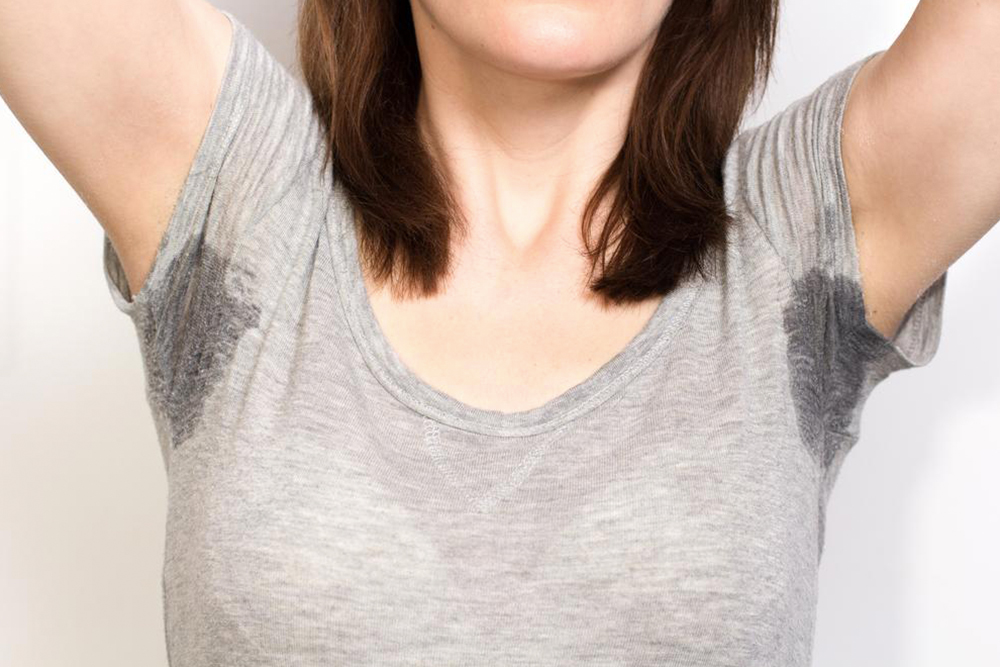Effective Approaches to Controlling Excessive Sweating
Discover effective strategies for managing hyperhidrosis, including non-invasive treatments like iontophoresis, Botox, microwave, and laser therapies, as well as surgical options. Consult your doctor for personalized advice on controlling excessive sweating and reducing associated discomforts.

Excessive sweating, or hyperhidrosis, mainly appears in two forms. Focal hyperhidrosis targets specific regions like the underarms, palms, and soles, known as axillary and palmoplantar types. Usually lacking a medical cause, these cases do not involve sweating during sleep, classifying them as primary hyperhidrosis. Treatment options include topical medications that block sweat production, but many patients seek more effective solutions. For stubborn cases, advanced interventions such as nerve or sweat gland removal are available, though they pose certain risks.
Non-invasive methods include iontophoresis, where a gentle electrical current passes through water on the skin for 10-20 minutes, 2-3 times a week. Its precise mechanism remains unclear, but it’s effective.
Botox injections offer temporary relief by reducing sweat gland activity, lasting up to a year. Approved for underarm hyperhidrosis, they are less suitable for palms and soles due to discomfort and regulation factors.
Innovative techniques like microwave and laser treatments focus on destroying sweat glands. Microwave therapy uses local anesthesia and cooling, requiring multiple sessions, while laser options are faster and more comfortable.
In extreme cases, thoracic sympathectomy, a surgical nerve cutting procedure, can eliminate excessive sweating but might lead to compensatory sweating elsewhere on the body.
Reminder: These treatments may have side effects. Consulting with a healthcare professional is essential to choose the best approach. Our overview provides general information and is not a substitute for medical advice.


